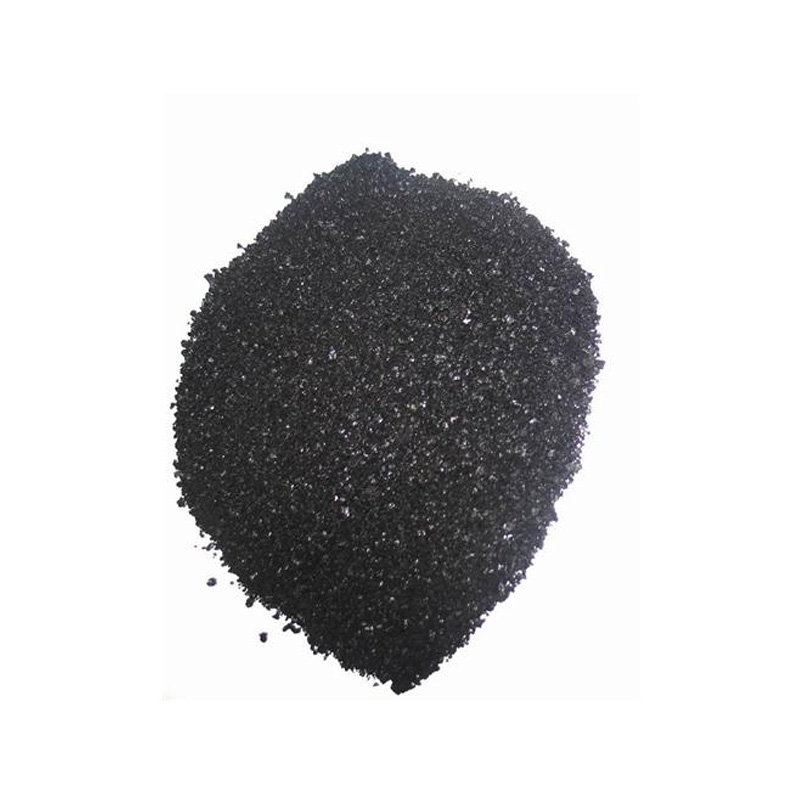sulphur dyes
The Role of Sulphur Dyes in Textile Industry
Sulphur dyes have emerged as pivotal players in the textile dyeing industry, owing to their unique characteristics and advantages. As a class of dyes that are water insoluble, they require specific processes for application, which can present both challenges and benefits to manufacturers and designers alike. This article delves into the properties, application methods, advantages, and environmental considerations associated with sulphur dyes, highlighting their significance in modern textile processing.
Understanding Sulphur Dyes
Sulphur dyes are synthetic organic compounds that boast a broad spectrum of colors and excellent fastness properties, particularly when it comes to light and washing. They are primarily used for dyeing cotton, but they can also be applied to other cellulose fibers. The key feature of sulphur dyes is their ability to be reduced into a soluble form during the dyeing process, allowing them to penetrate the fiber effectively. Once the dye has adhered to the fiber, it is oxidized back to its original insoluble state, ensuring that the color becomes fixed and durable.
Application Process
The application of sulphur dyes involves a multi-step process. Initially, the dye is reduced in a solution, enabling it to dissolve and penetrate the fibers of the textile. After the dyeing process is complete and the desired shade is achieved, the fabric undergoes a series of rinsing and oxidizing steps. This transformation restores the dye to its insoluble form, securing its attachment to the fibers.
One notable aspect of sulphur dye application is its compatibility with a range of other chemical treatments, making it a suitable choice in various dyeing and finishing processes. The temperature and pH of the dyeing bath play crucial roles in achieving optimal results. Generally, higher temperatures facilitate better dye uptake, while pH adjustments can help in managing the depth of shade and exhaustion of the dye.
Advantages of Sulphur Dyes
Sulphur dyes provide numerous advantages that make them a preferred choice for many textile manufacturers. Here are a few key benefits
sulphur dyes

1. Cost-Effectiveness Compared to some other dyeing methods, sulphur dyes are relatively inexpensive. The dyes themselves are low-cost, and the processes involved don’t require extensive machinery or complex steps, thereby reducing production costs.
2. Color Fastness Sulphur dyes are renowned for their exceptional color fastness properties. Fabrics dyed with these dyes can withstand extensive washing and exposure to sunlight without significant fading.
3. Range of Colors The versatility of sulphur dyes allows for a wide array of color choices, making them ideal for creating vibrant textiles that meet the demands of fashion and design.
4. Eco-Friendly Options With increasing pressures to adopt sustainable practices, the availability of eco-friendly sulphur dyes has gained attention. These dyes can be processed with fewer harmful chemicals, contributing to a reduced environmental footprint.
Environmental Considerations
While sulphur dyes offer many benefits, it is essential to acknowledge the environmental challenges associated with their use. The reduction and oxidation processes can produce waste, including heavy metals and other toxic substances if not properly managed. The use of non-toxic reducing agents and adherence to stringent regulations during disposal can mitigate these environmental impacts.
Additionally, the industry is gradually shifting towards more sustainable practices, including the development of biodegradable sulphur dyes and improved effluent treatment processes. These advancements are critical in addressing the environmental concerns linked to traditional dyeing methods, ensuring that sulphur dyes can continue to thrive in a more sustainable textile industry.
Conclusion
Sulphur dyes represent an important segment of the textile dyeing industry, offering a blend of cost-effectiveness, vibrant color, and durability. As the industry evolves towards sustainable practices and technologies, sulphur dyes are likely to retain their relevance due to their adaptability and performance characteristics. For manufacturers and designers, the careful selection and application of sulphur dyes can deliver high-quality textiles that meet both aesthetic and environmental standards. By embracing innovation and prioritizing eco-friendly practices, the textile industry can harness the full potential of sulphur dyes while minimizing their ecological impact.
-
The Timeless Art of Denim Indigo Dye
NewsJul.01,2025
-
The Rise of Sulfur Dyed Denim
NewsJul.01,2025
-
The Rich Revival of the Best Indigo Dye
NewsJul.01,2025
-
The Enduring Strength of Sulphur Black
NewsJul.01,2025
-
The Ancient Art of Chinese Indigo Dye
NewsJul.01,2025
-
Industry Power of Indigo
NewsJul.01,2025
-
Black Sulfur is Leading the Next Wave
NewsJul.01,2025

Sulphur Black
1.Name: sulphur black; Sulfur Black; Sulphur Black 1;
2.Structure formula:
3.Molecule formula: C6H4N2O5
4.CAS No.: 1326-82-5
5.HS code: 32041911
6.Product specification:Appearance:black phosphorus flakes; black liquid

Bromo Indigo; Vat Bromo-Indigo; C.I.Vat Blue 5
1.Name: Bromo indigo; Vat bromo-indigo; C.I.Vat blue 5;
2.Structure formula:
3.Molecule formula: C16H6Br4N2O2
4.CAS No.: 2475-31-2
5.HS code: 3204151000 6.Major usage and instruction: Be mainly used to dye cotton fabrics.

Indigo Blue Vat Blue
1.Name: indigo blue,vat blue 1,
2.Structure formula:
3.Molecule formula: C16H10N2O2
4.. CAS No.: 482-89-3
5.Molecule weight: 262.62
6.HS code: 3204151000
7.Major usage and instruction: Be mainly used to dye cotton fabrics.

